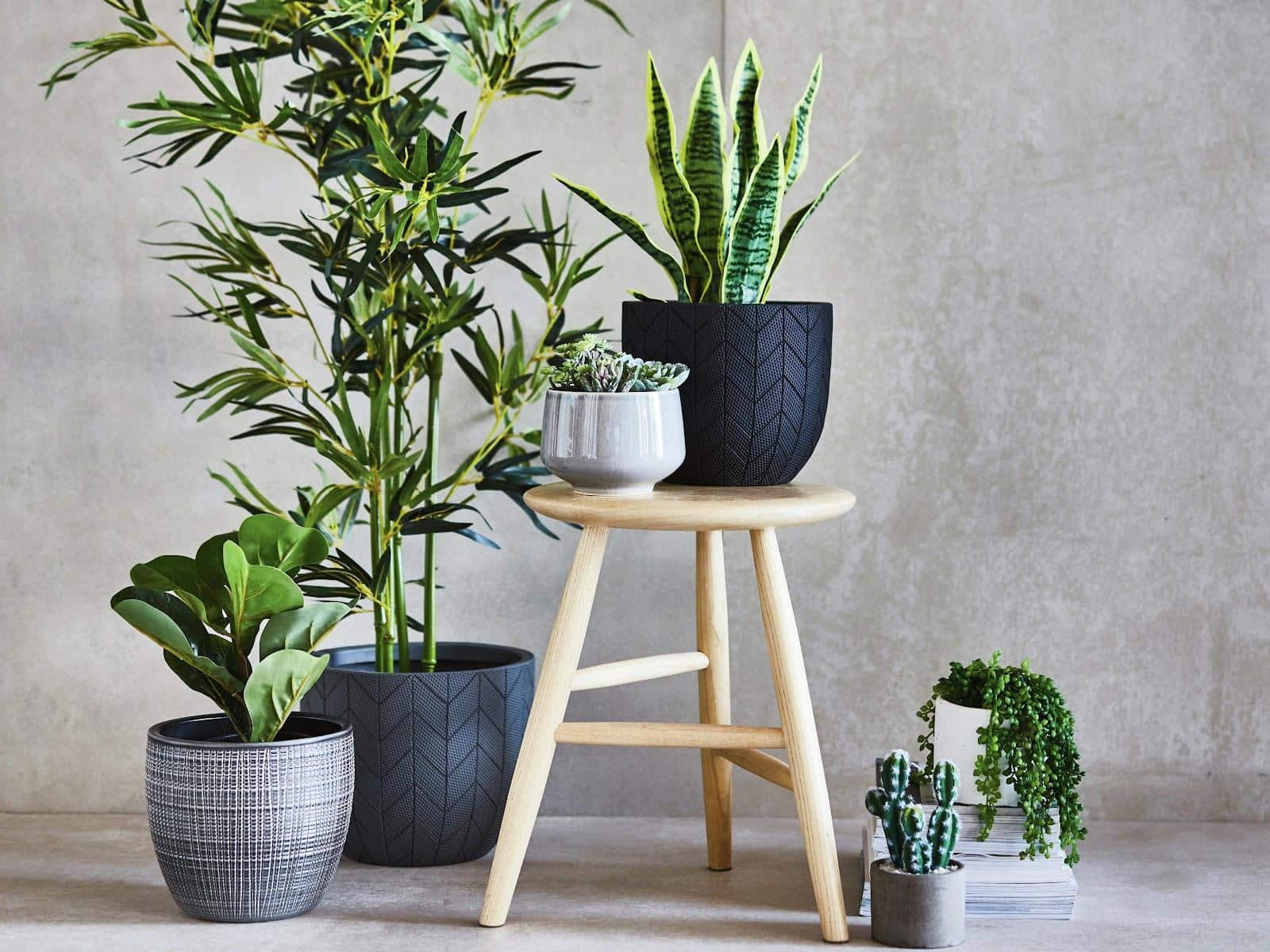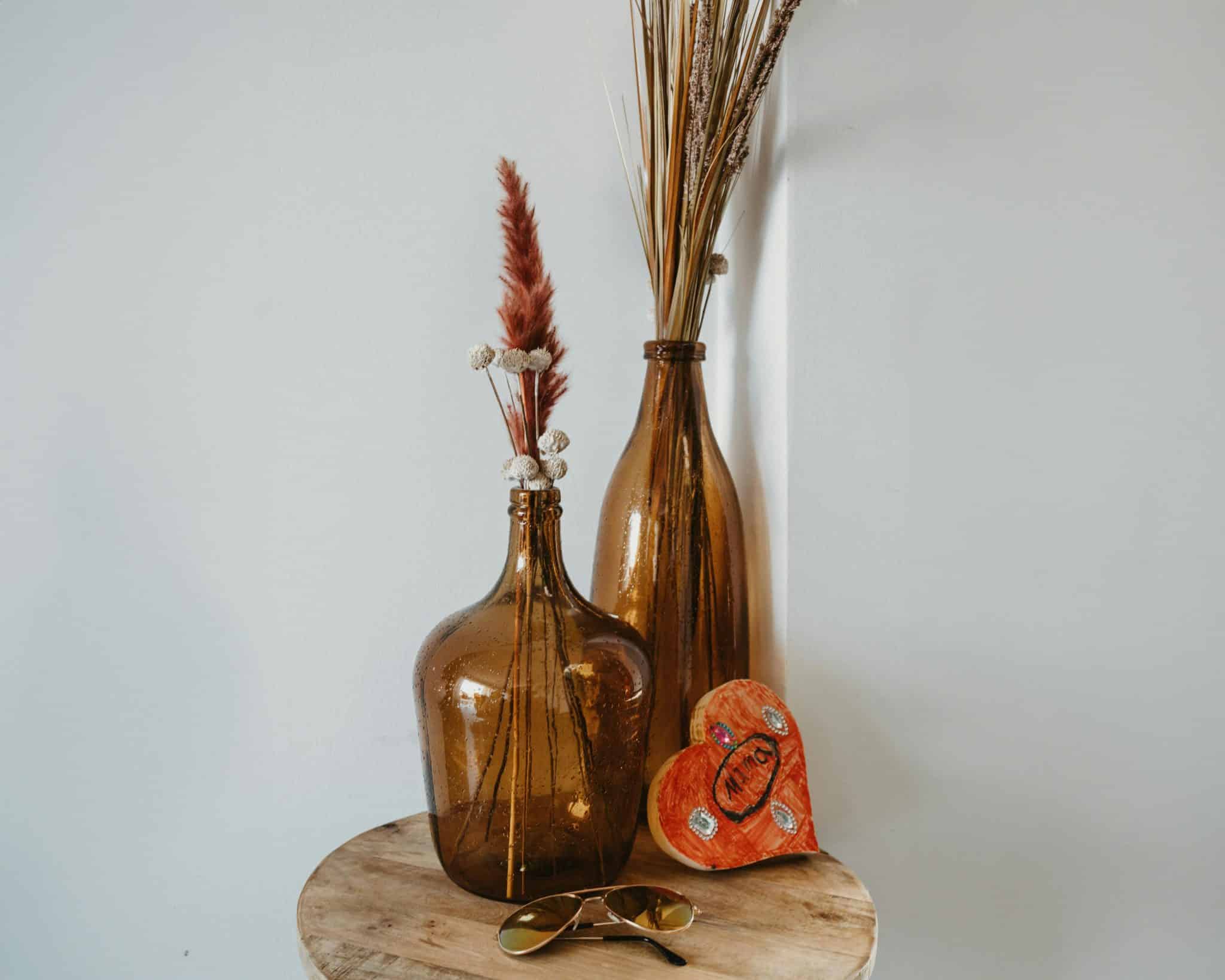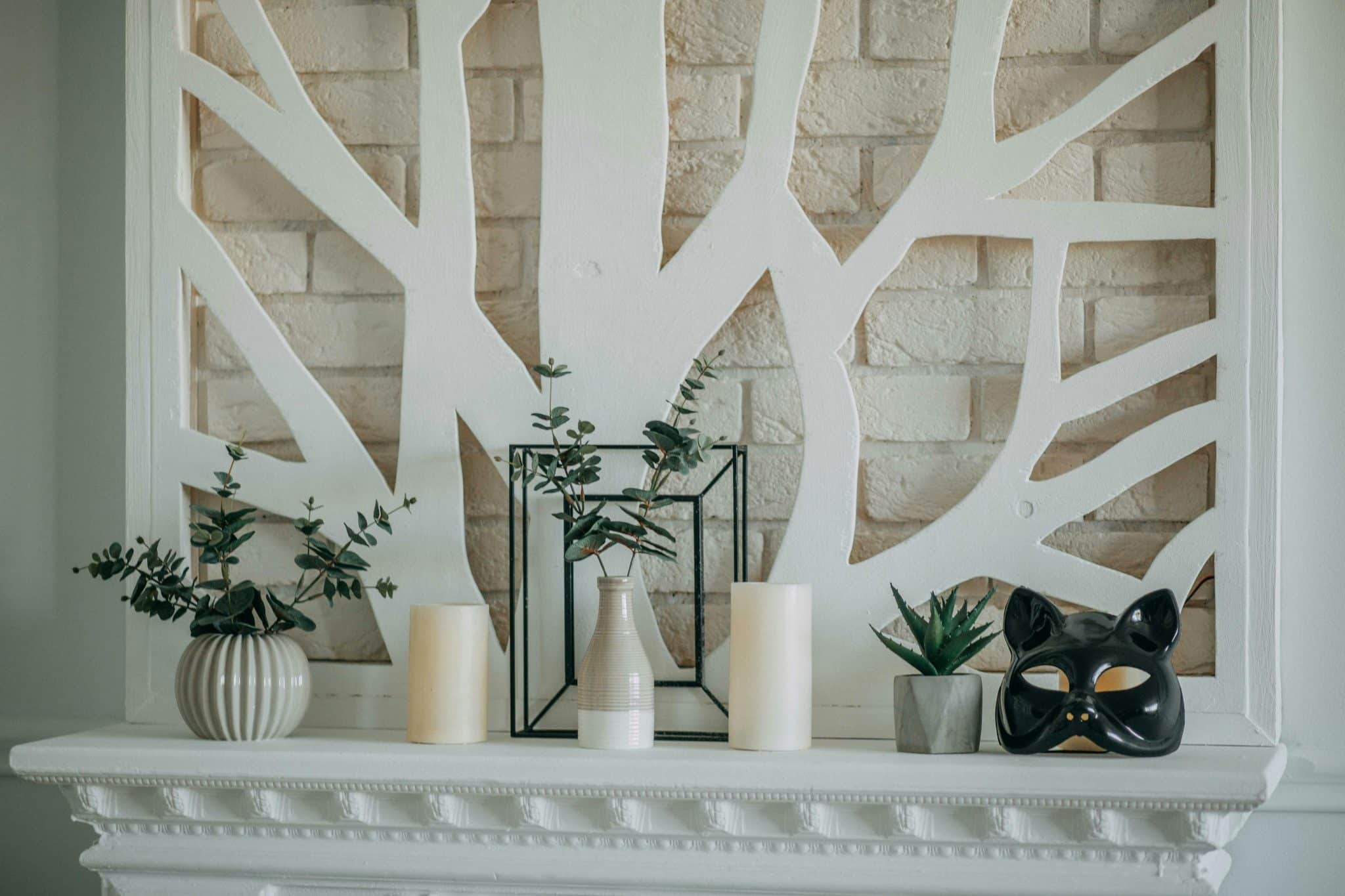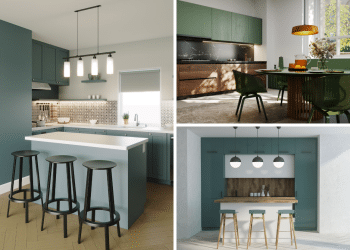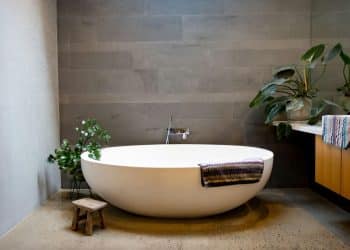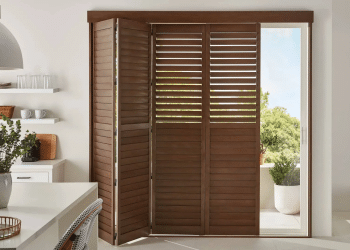Table of Contents
Let’s face it—real plants aren’t for everyone. Between the watering schedules, the lighting needs, and the sad, droopy leaves that result from neglect for a weekend, keeping greenery alive can feel like a full-time job. That’s where faux floor plants step in as stylish, zero-hassle alternatives. They’ve come a long way from the plastic-looking fakes of the past and are now go-to favorites for interior designers looking to bring life and texture to a space without the drama of maintenance.
But here’s the catch: even though faux plants don’t need sun or water, styling them properly still takes a bit of design savvy. If you’ve ever plopped one down in a corner and thought, “Why doesn’t this look right?”, you’re not alone.
So, how do you make your faux floor plants look professionally styled rather than like an afterthought? We’ve gathered top insights from interior designers to help you style your faux floor plants like a pro. Let’s dive in.
1. Choose Quality Over Quantity
Before we even get to styling, let’s talk selection. A well-styled fake plant starts with buying one that actually looks real.
What to Look For:
- Natural textures: Go for faux plants made from silk, PE (polyethylene), or high-end plastic with realistic veining and imperfections.
- Realistic coloring: Avoid anything with unnaturally bright greens or shiny finishes.
- Weighted pots: Quality faux floor plants often come with weighted or cement bases to keep them upright and sturdy.
Designer Tip:
“If the plant looks too perfect or symmetrical, it won’t fool the eye. Good faux plants mimic the unpredictability of nature.” – Sarah T., Interior Stylist
2. Fluff, Shape, and Bend
Just like you wouldn’t wear new clothes straight off the rack without adjusting them, don’t put your faux floor plant out without some fluffing.
What to Do:
- Gently bend branches and leaves so they aren’t all sticking straight up.
- Spread out the foliage for a fuller, more organic look.
- Create asymmetry by curving some leaves and letting others hang lower.
It’s a small touch that makes a huge difference.
3. Pick the Right Planter
Designers agree: the planter is just as important as the plant itself. A cheap plastic pot can ruin even the most realistic faux greenery.
What Works Best:
- Woven baskets for a boho or relaxed coastal vibe.
- Ceramic or concrete pots for modern and minimalist interiors.
- Metallic planters to add glam and shine in upscale spaces.
- Wooden barrels or crates for rustic or farmhouse aesthetics.
Styling Hack:
Use a plant riser or stand to add height and visual interest, especially if the plant looks too short for the space.
4. Add Real Elements for a Natural Vibe
Even if your plant is faux, you can still add touches that feel real. It tricks the eye and elevates the overall styling.
Try This:
- Top the soil with real moss, bark chips, or river stones.
- Place your plant near natural materials like linen curtains or wooden furniture.
- Group it with real plants or flowers for a blended look.
Designer Insight:
“Layering faux greenery with real textures keeps things from looking flat or staged. That’s the secret.” – Mark L., Home Decor Consultant
5. Use Odd Numbers and Vary Heights
When grouping items together—whether it’s décor, art, or plants—odd numbers just look better to the human eye. This rule applies to faux floor plants too.
Styling Ideas:
- Place one tall faux plant next to a chair and two smaller floor baskets beside it.
- Group three floor plants in varying heights for a layered corner display.
- Combine one faux floor plant with two real tabletop plants on nearby surfaces.
6. Let There Be Light (Even If It’s Fake)
Ironically, even faux plants look better with good lighting—not because they need it to grow, but because it helps them look more believable.
Lighting Tips:
- Place faux floor plants near a window or under a skylight for a natural effect.
- Use indirect light to create shadows and depth.
- Add accent lighting or floor lamps nearby to highlight the greenery in the evenings.
Bonus: Backlighting or side-lighting can help the leaves cast shadows, just like the real thing would.
7. Think Beyond the Corner
We’re all guilty of tucking a plant into a lonely corner and calling it a day. But faux floor plants deserve better!
Where to Place Them:
- Beside your sofa to soften the edge of the room.
- Next to a console table for a balanced, framed look.
- In the bathroom where real plants struggle to survive.
- Near the front door or entryway for a welcoming vibe.
- In home offices to reduce visual fatigue and add energy.
Designer Note:
“Don’t be afraid to move them around. Faux plants are portable beauty boosters. Shift them with the seasons or your mood.”
8. Mix with Other Décor
A faux floor plant shouldn’t float solo in the room. Integrate it with your overall style to make it feel intentional.
Styling Combos:
- Place a stack of books, candles, or a stool nearby.
- Pair with artwork or mirrors behind for a layered backdrop.
- Group with textiles—think cozy throw blankets or a jute rug beneath.
9. Clean and Rotate Regularly
Yes, faux plants require zero watering—but that doesn’t mean zero maintenance. Over time, they collect dust, and the leaves can start to look dull.
Maintenance Tips:
- Dust with a microfiber cloth or feather duster weekly.
- Wipe with a damp cloth monthly.
- Rotate the plant’s position seasonally to freshen up your space.
10. Go Seasonal Without the Fuss
Want a festive vibe without hauling in new décor every few months? Faux floor plants can adapt with a few tweaks.
Seasonal Styling Ideas:
- Wrap fairy lights around them during winter.
- Add mini pumpkins or autumnal baskets nearby in fall.
- Drape a light scarf or spring ribbon around the base for spring.
- Use nautical or beach elements like lanterns and driftwood in summer.
Subtle changes make your space feel intentional and curated.
Final Thoughts: Faux Doesn’t Mean Fake Looking
Styling faux floor plants like a pro really comes down to intention. Choose a quality plant, place it with purpose, pair it with the right décor, and treat it as a legitimate design piece—not just filler.
Interior designers love them not because they’re perfect replacements for real plants, but because they offer beauty, flexibility, and longevity in a way no other decor element can. And with a few pro-level tips, you can make your fake greens look fabulously fresh—every day of the year.

